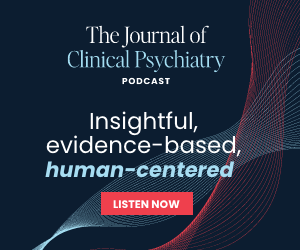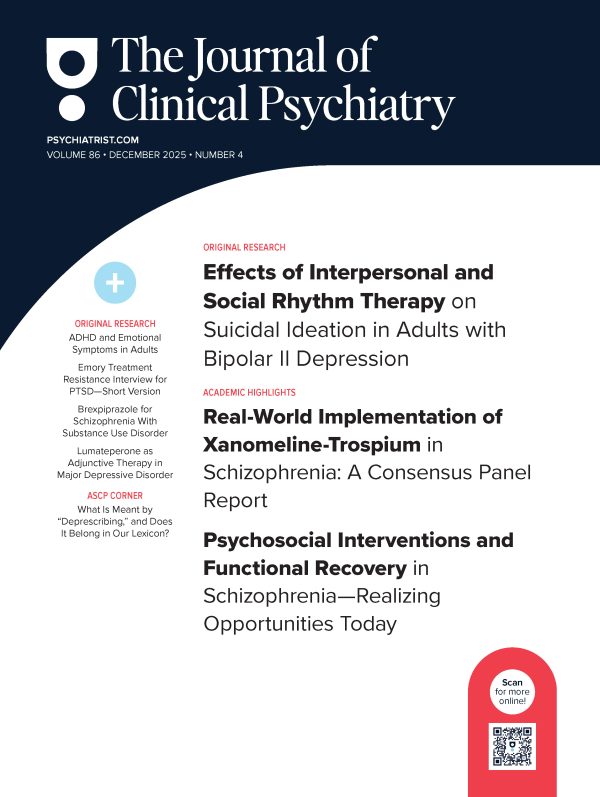Abstract
Objective: Few national estimates are available on the prevalence of tobacco use disorder (TUD) in the United States (US), and most trials exclusively assess daily smoking rather than TUD. We examined the prevalence and trends in cigarette smoking with vs without TUD among adults.
Methods: Data came from the 2010–2021 National Survey on Drug Use and Health (n = 483,982), a cross sectional, US representative dataset. A TUD composite variable was created based on established definitions (eg, DSM-5 symptoms). Weighted prevalence of past 30-day cigarette smoking, daily smoking (30/30 days) and nondaily smoking (<30/30 days) with and without TUD, was calculated annually.
Results: In 2021, the prevalence of past 30- day overall cigarette smoking was 17%; 11% reported daily cigarette smoking, whereas 6% reported nondaily cigarette smoking. Only 1% of the population reported daily smoking without TUD, whereas 10% reported daily smoking with TUD. Two percent of the population reported nondaily smoking without TUD, and 4% of the population reported nondaily smoking with TUD. Daily smoking with TUD and nondaily smoking with and without TUD decreased significantly from 2010 to 2021 (all P’s < .001). US adults reporting TUD symptoms (vs not) were more likely to be older, identify as White, have lower income and less education, and have a substance use disorder.
Conclusions: The prevalence of daily cigarette smoking with TUD was 10× higher than the prevalence of daily cigarette smoking without TUD. Twice as many US adults with nondaily smoking reported TUD than no TUD, illustrating that daily smoking is not necessary for TUD.
J Clin Psychiatry 2024;85(3):23m15086
Author affiliations are listed at the end of this article.
Members Only Content
This full article is available exclusively to Professional tier members. Subscribe now to unlock the HTML version and gain unlimited access to our entire library plus all PDFs. If you’re already a subscriber, please log in below to continue reading.
References (28)

- U.S. Department of Health and Human Services. Smoking Cessation. A Report of the Surgeon General. U.S Department of Health and Human Services, Centers for Disease Control and Prevention, National Center for Chronic Disease Prevention and Health Promotion, Office on Smoking and Health; 2020.
- American Psychiatric Association. Diagnostic and Statistical Manual of Mental Disorders: DSM-5. American Psychiatric Association; 2013. Accessed May 24, 2017. http://dsm.psychiatryonline.org/doi/book/10.1176/appi.books.9780890425596
- Current Cigarette Smoking Among Adults in the United States. Centers for Disease Control and Prevention. May 3, 2023. Accessed June 1, 2023. https://www.cdc.gov/tobacco/data_statistics/fact_sheets/adult_data/cig_smoking/index.htm
- Clinical Practice Guideline Treating Tobacco Use and Dependence 2008 Update Panel, Liaisons, and Staff. A clinical practice guideline for treating tobacco use and dependence: 2008 update. A U.S. Public Health Service report. Am J Prev Med. 2008;35(2):158–176. PubMed CrossRef
- Chou SP, Goldstein RB, Smith SM, et al. The epidemiology of DSM-5 nicotine use disorder: results from the National Epidemiologic Survey on Alcohol and Related Conditions-III. J Clin Psychiatry. 2016;77(10):1404–1412. PubMed CrossRef
- McLellan AT, Koob GF, Volkow ND. Preaddiction–a missing concept for treating substance use disorders. JAMA Psychiatry. 2022;79(8):749–751. PubMed CrossRef
- Fidler JA, Shahab L, West R. Strength of urges to smoke as a measure of severity of cigarette dependence: comparison with the Fagerström Test for Nicotine Dependence and its components. Addiction. 2011;106(3):631–638. PubMed CrossRef
- Baker TB, Piper ME, Schlam TR, et al. Are tobacco dependence and withdrawal related amongst heavy smokers? Relevance to conceptualizations of dependence. J Abnorm Psychol. 2012;121(4):909–921. PubMed CrossRef
- National Center for Chronic Disease Prevention and Health Promotion (US) Office on Smoking and Health. The Health Consequences of Smoking—50 Years of Progress: A Report of the Surgeon General. Centers for Disease Control and Prevention (US); 2014. Accessed August 17, 2022. http://www.ncbi.nlm.nih.gov/books/NBK179276/
- Tindle HA, Shiffman S. Smoking cessation behavior among intermittent smokers versus daily smokers. Am J Public Health. 2011;101(7):e1–e3. PubMed CrossRef
- Inoue-Choi M, McNeel TS, Hartge P, et al. Non-daily cigarette smokers: mortality risks in the U.S. Am J Prev Med. 2019;56(1):27–37. PubMed
- Cohn AM. Never, non-daily, and daily smoking status and progression to daily cigarette smoking as correlates of major depressive episode in a national sample of youth: results from the National Survey of Drug Use and Health 2013 to 2015. Addict Behav. 2018;84:118–125. PubMed CrossRef
- Trinidad DR, Pérez-Stable EJ, Emery SL, et al. Intermittent and light daily smoking across racial/ethnic groups in the United States. Nicotine Tob Res. 2009;11(2):203–210. PubMed CrossRef
- Weinberger AH, Streck JM, Pacek LR, et al. Nondaily cigarette smoking is increasing among people with common mental health and substance use problems in the United States: data from representative samples of US adults, 2005–2014. J Clin Psychiatry. 2018;79(5):17m11945. PubMed CrossRef
- Creamer MR, Wang TW, Babb S, et al. Tobacco product use and cessation indicators among adults–United States, 2018. MMWR Morb Mortal Wkly Rep. 2019;68(45):1013–1019.
- CBHSQ. Behavioral Health Trends in the United States: Results from the 2014 National Survey on Drug Use and Health. HHS; 2015. http://www.samhsa.gov/data/.
- US Department of Health and Human Services. Substance abuse and mental health services administration. Center for Behavioral Health Statistics and Quality; 2018. National Survey on Drug Use and Health 2016 (NSDUH-2016-DS0001);2016. https://datafiles.samhsa.gov/
- Baker TB, Breslau N, Covey L, et al. DSM criteria for tobacco use disorder and tobacco withdrawal: a critique and proposed revisions for DSM-5. Addiction. 2012;107(2):263–275. PubMed CrossRef
- Kessler RC, Green JG, Gruber MJ, et al. Screening for serious mental illness in the general population with the K6 screening scale: results from the WHO world mental health (WMH) survey initiative. Int J Methods Psychiatr Res. 2010;19(0 1):4–22. PubMed CrossRef
- Koletsi D, Pandis N. The chi-square test for trend. Am J Orthod Dentofacial Orthop. 2016;150(6):1066–1067. PubMed CrossRef
- Bland JM, Altman DG. Multiple significance tests: the Bonferroni method. BMJ. 1995;310(6973):170. PubMed CrossRef
- Armstrong RA. When to use the Bonferroni correction. Ophthalmic Physiol Opt. 2014;34(5):502–508. PubMed CrossRef
- Gaffney A, Himmelstein DU, Woolhandler S. Smoking prevalence during the COVID-19 pandemic in the United States. Ann Am Thorac Soc. 2022;19(6):1065–1068. PubMed
- Shiffman S, Scholl SM, Mao J, et al. Using nicotine gum to assist nondaily smokers in quitting: a randomized clinical trial. Nicotine Tob Res. 2020;22(3):390–397. PubMed CrossRef
- Hoeppner BB, Siegel KR, Carlon HA, et al. A smoking cessation app for nondaily smokers (version 2 of the smiling instead of smoking app): acceptability and feasibility study. JMIR Form Res. 2021;5(11):e29760. PubMed CrossRef
- Clinical assessment of substance use disorders–UpToDate. Accessed June 16, 2023. https://www.uptodate.com/contents/clinical-assessment-of-substance-usedisorders
- Shiffman S, Ferguson SG, Dunbar MS, et al. Tobacco dependence among intermittent smokers. Nicotine Tob Res. 2012;14(11):1372–1381. PubMed CrossRef
- Dermody SS, Heffner JL, Hinds JT, et al. We are in this together: promoting health equity, diversity, and inclusion in tobacco research for sexual and gender minority populations. Nicotine Tob Res. 2020;22(12):2276–2279. PubMed CrossRef





